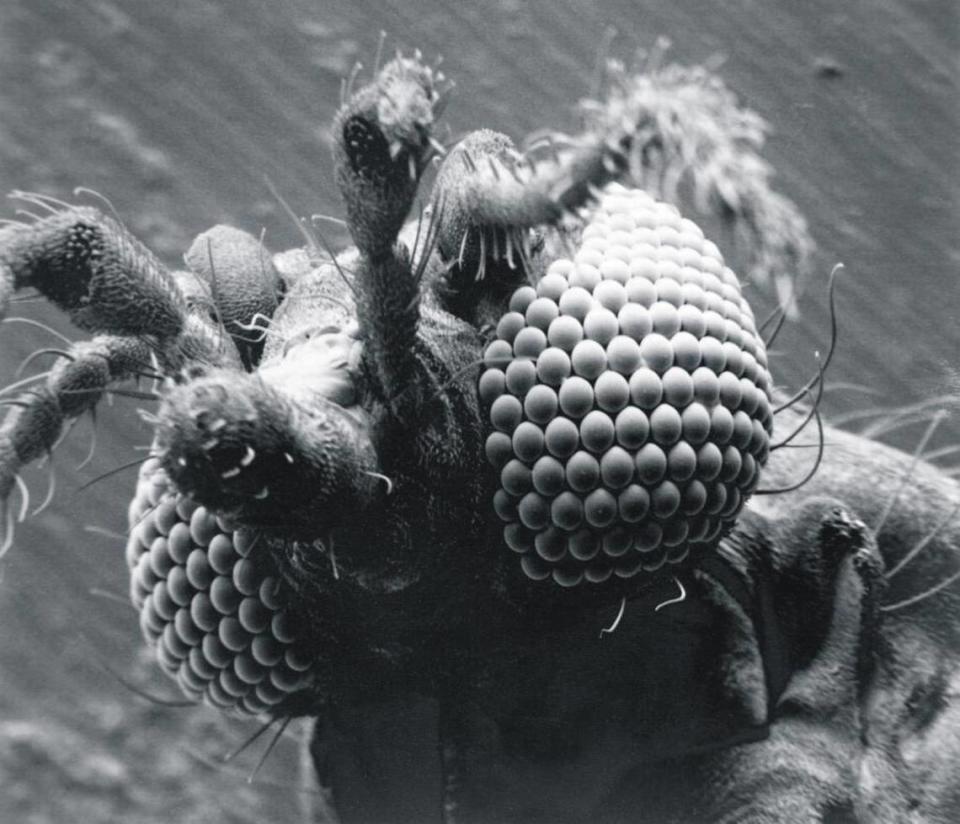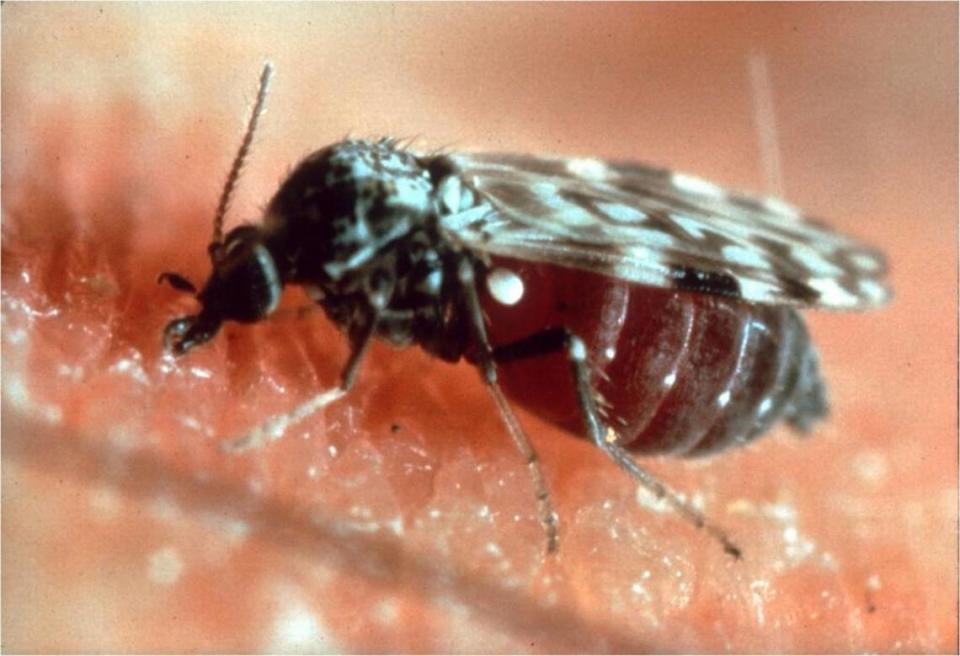No-see-ums are back in SC to snack on you. Here are 5 tips to avoid them
Have you been acquiring more bug bites than usual?
With more reports of tiny, itchy bug bites around the legs, ankles and arms in the Lowcountry, many are questioning what could be the cause?
As spring has returned and the weather has begun to warm, you and others could become a feast for annoying no-see-ums, if you haven’t already. South Carolina seemingly has no shortage of critters and crawling things. Here’s what to know about no-see-ums and how to avoid them as the season goes on.
What exactly are no-see-ums?
As you might have guessed by their nickname, no-see-ums are very small gnats that can be tricky to spot.
The tiny critters have yellowish or grayish colored bodies and go by a variety of different names. Whether you call them no-see-ums, biting gnats, or sand gnats, it’s all the same type of gnat, described Palmetto Mosquito Control.
These biting gnats are biting midges. The midges are most prevalent near sources of water such as swamps, marshes, ponds, and the edges of streams, according to Clemson University’s Home & Garden Information Center.
If you’re actively trying to avoid them, these insects tend to prefer warm, wet, coastal environments and usually congregate along the marshes and other areas with lots of water such as lagoons.
However, if you’re outdoors, there isn’t too much you can do to help yourself escape no-see-ums.
These critters are so small, they can pass through almost any screened-in porch or door.

Generally, they tend to show up in the morning hours, early evening and on cloudy days but can be out at any time of day.
To make matters more difficult, there can be so many of them at one time.
Female no-see-ums are capable of laying up to 400 eggs in just one batch. This singular batch hatches in just 10 days, according to Gardening Know How.
No-see-ums consume nectar and pollen as their primary food source. It is only the females who bite to take in blood.

This act is necessary for her eggs to fully develop. After taking in a certain amount of blood for her eggs, the female will then lay them on water, mud or any wet, sandy area. Marshes, full of wet, sandy sediment, decaying matter and pluff mud, are a prime location.
How to avoid being bitten
If you live or have ever visited the South Carolina Lowcountry, chances are that you’ve been bitten by no-see-ums before, whether you knew it or not.
These bites hurt and can last for up to two weeks and appear as small, red welts that can be painful and itchy.
To combat these bugs, repellents can become necessary.
If you are enjoying a stationary evening outdoors, try using a Thermocell to rid these biting insects, and others, from your surrounding space.
If you’re on the move, bug sprays will be your best bet.
If you prefer DEET-free sprays, No Natz is a popular option here in the Lowcountry and can frequently be found in local stores. Although the bottle may appear small in size, this spray is a big relief in a little bottle. Compared to standard insect repellents that are made with DEET, this repellent is DEET-free, hypoallergenic, packed with essential oils and is pet-friendly.
If you don’t mind using DEET products as long as it rids you of your problem, OFF Deep Woods Insect Repellent is another option. This product is formulated with 25% DEET and is offered in a variety of options such as disposable towelettes and sprays. This selection can provide wearers up to 8 hours of protection against mosquitoes and other biting insects.
Although this may be less than ideal in warm weather for some, another option would be to wear loose-fitting, long sleeves and pants. This won’t be 100% effective, but it can certainly help. Your ankles and wrists may still be targeted; however, this may be better than getting bites all over.
In addition, avoid being near standing water such as puddles, bird baths, flooded flower pots, lagoons and other small bodies of water near your home.
Limiting any time spent outdoors during rain showers, dawn or dusk hours may help prevent further or future bites.
As for any local individual or business, try to upgrade your porch screening. No-see-ums are so small, they can get through 16 mesh. For any screened in area you may have, upgrade your screen and use a smaller grade mesh to prevent any potential entry.

